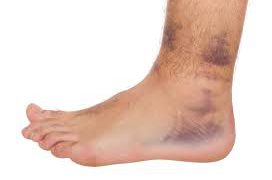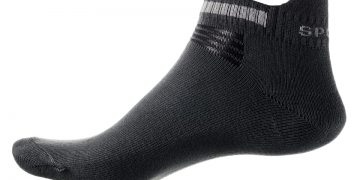The first thing to know that canine diabetes is a manageable disease, even though the dog diabetes can be treated reasonable well with a few techniques it throws up some challenges with the dogs. Diabetes in dogs suffering dog can live a healthy and happy life. Dogs can get diabetes, because it is heredity, or it is handed down from one generation to another.
If the parents of the puppy dog have diabetes, so it is very likely that your puppy is finally some kind of diabetes in dogs.
Diabetes in dogs is a big problem that is facing the doggie world, because there are so many reasons for a dog to get the mellitus form of diabetes. There are a couple other things that factor in when the dog is diagnosed with this chronic disease.
There are many things you can do to assure you get a really good dog, and so your dog does not have diabetes when you receive them. Here are a few ways dogs can get diabetes, and things you can do for you to locate a healthy dog.
A disease that may affect dogs and be fatal if not controlled and manage is diabetes. Because it is in humans, diabetes in dogs cause severe rise in blood glucose levels. Diabetes in dogs is controlled by diet, exercise and medication.
Canine diabetes Diabetic dogs living a fuller life
Diet and exercise are an integral part of the managing diabetes in dogs. If you treat diabetes effectively, the dog can still live an active lifestyle for relatively long periods.
There may be preliminary signs of diabetes that the dog experience. Those who have diabetes, increased develop increased thirst and frequent drinking water and increased urination.
Canine Diabetes mellitus is diagnosed by a veterinarian. Your vet may take a blood or urine sample, and may require the dog to a fasting glucose test.
Diabetic dog’s diet must be consistent and timely – Feeding your dog a special routine of insulin prescribed by the veterinarian.
Fiber and complex carbohydrates are the main ingredients in a diabetic dog’s diet. The dog might have to lose a little weight. The veterinarians recommend low-fat dog food, which allows the dog to lose weight more slowly.
canine diabetes Diabetic dog’s diet
Dog owners should use only one kind of diabetes dog food; you’re giving the dog treats, table scraps or homemade dog food, which may vary over dog’s diet.
Your dog’s weight should be kept in a relatively well. An ideal weight can help make the manage diabetes easier. If weight loss is necessary, it should be done gradually over time.
Diabetes in dog should be checked on a regular by veterinarian. Dog owner questions about dog care, dog diet, or giving insulin, the dog should be consult of the veterinarian.
Your vet may recommend that you use the testing strips to test the dog’s urine for high glucose levels. If the vet wants to test the dog urine they can but the veterinarian should show dog handler how to use and read test strips.
Management of canine diabetes dogs with diabetes can benefit from regular exercise. Exercise helps to keep blood sugar levels in a healthy range. Regular daily exercise maybe half an hour a day is good.
Management of diabetic dogs – Dogs diagnosed with diabetes
Dog management of diabetes treatment by the owner is important. Diabetes management includes lifestyle changes, which require regular routines.
Older Dogs are at a greater risk of developing diabetes. Obesity increases that diabetes risk. Puppies may be affected by diabetes, in which cases it is usually hereditary.
Insulin is necessary to use glucose from dietary energy. Blood sugar can rise to dangerous levels if insulin is not available for metabolism of glucose in the blood.
In dogs with diabetes can be controlled by insulin injections or oral medication, diet and regular exercise. If you treat diabetes, insulin injections, the dog may require one or two daily injections.
Your vet will advise dog owners about the proper storage and administration of insulin. The dose of insulin varies dogs. The injections are given under the skin along the dogs back. Your vet may change the dosage until the optimal dosage is found.
Dog urine may test strips, which show the level of glucose in the urine. Dog owners may be required to keep records of urine testing results, changes in behavior, and the amount of insulin is given.
Managing Direction of dog diabetes includes a consistent routine of eating and physical activity. Often, a dog with diabetes will be part of your daily food for days at the beginning and the rest were given up to ten hours later.
Dog with diabetes should not be fed extra food or snacks in between regular meals. The vet is likely to help the dog owner decides how the feeding and exercise schedule works. It is best for a dog owner to effectively manage dog diabetes.
Your vet may suggest a special diet for canine diabetes dogs with diabetes. Dog diabetes food that contains lots of fiber and protein is best. Dog owners may feel a little overwhelmed by all the necessary changes, but this feeling may subside as the treatment of diabetes will become part of your daily routine.



















